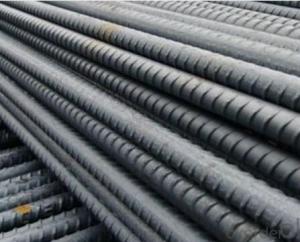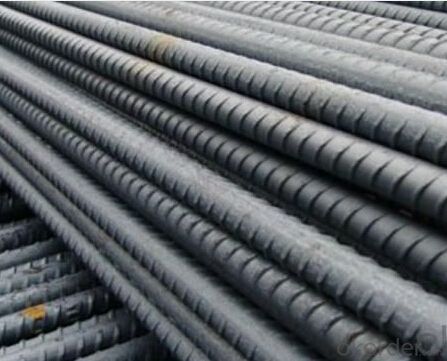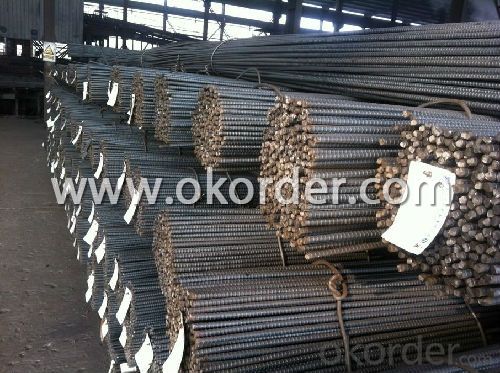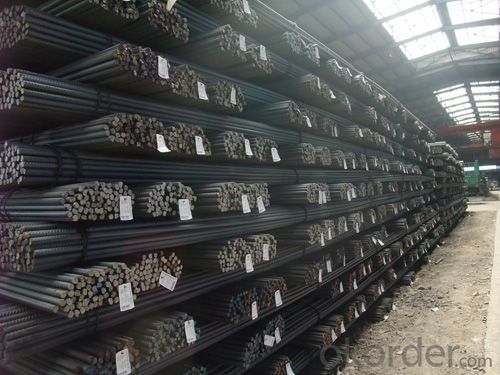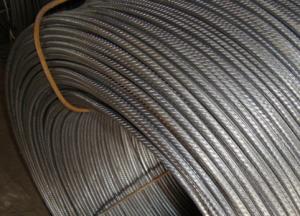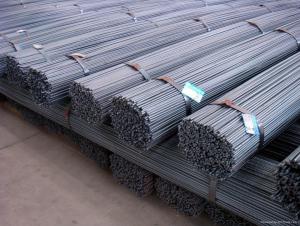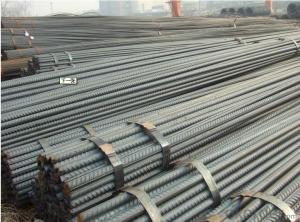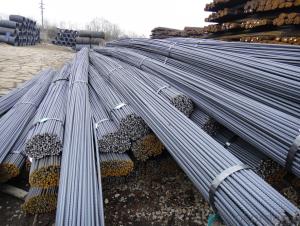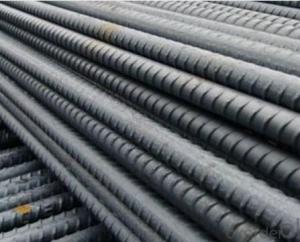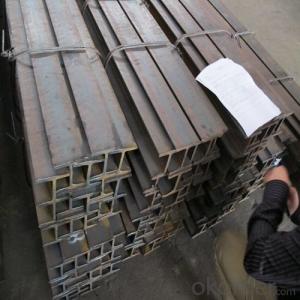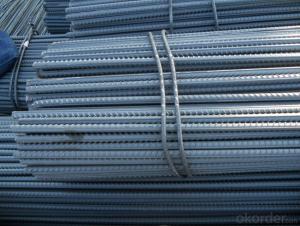GB STANDARD HIGH QUALITY HOT ROLLED REBAR
- Loading Port:
- Tianjin
- Payment Terms:
- TT OR LC
- Min Order Qty:
- 50 m.t.
- Supply Capability:
- 100000 m.t./month
OKorder Service Pledge
OKorder Financial Service
You Might Also Like
Product Description:
Appearance: Black
Technique: Slitting hot rolled steel coil
Grade: Q235, Q195,A36 SS400 S235jr.St37-2
Standard: AISI,GB,DIN,ASTM,EN,JIS
Length: 6m, 9m, 12m or as your requirement.
Width: 10mm-1010mm
Thickness: 1.5mm-20mm
Business type: big manufacture
Place of origin: Tianjin China (Mainland)
Packaging Details: In bundles for exporting and sea worthy
Delivery Detail: Within 15-35 days after receiving L/C or deposite T/T
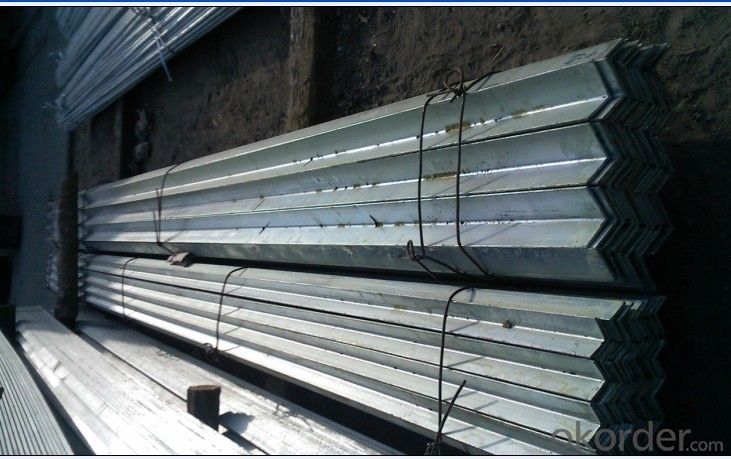
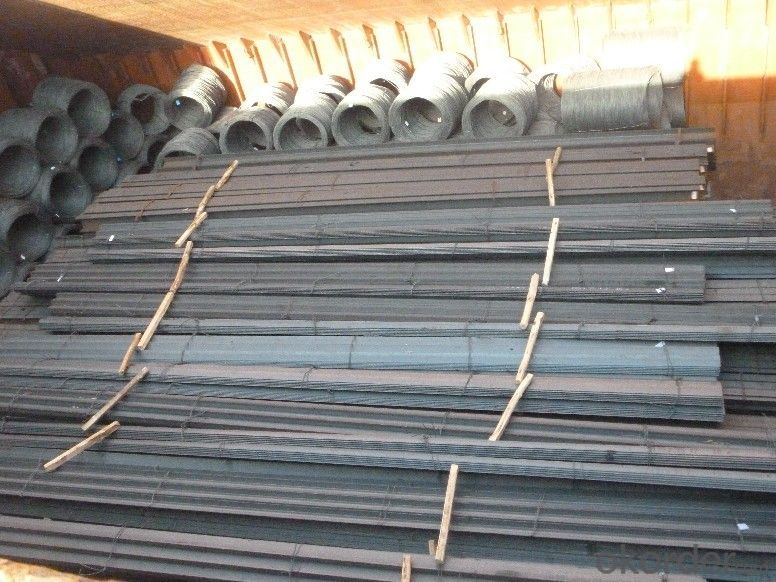
General specification as below:
Flat Bar Specification | |||
Width (mm) | Thickness (mm) | Length (m) | Theoretical Weight (kg/m) |
20 | 2.0 | 6/9/12 | 0.31 |
20 | 2.5 | 6/9/12 | 0.39 |
20 | 2.75 | 6/9/12 | 0.43 |
25 | 2.5 | 6/9/12 | 0.49 |
25 | 3.75 | 6/9/12 | 0.74 |
30 | 2.5 | 6/9/12 | 0.59 |
30 | 3.5 | 6/9/12 | 0.82 |
30 | 9.75 | 6/9/12 | 2.30 |
40 | 3.5 | 6/9/12 | 1.10 |
40 | 4.75 | 6/9/12 | 1.50 |
40 | 11.75 | 6/9/12 | 3.69 |
50 | 2.75 | 6/9/12 | 1.08 |
50 | 4.5 | 6/9/12 | 1.77 |
50 | 9.75 | 6/9/12 | 3.83 |
60 | 5.5 | 6/9/12 | 2.60 |
60 | 7.5 | 6/9/12 | 3.53 |
60 | 11.5 | 6/9/12 | 5.42 |
80 | 5.5 | 6/9/12 | 3.45 |
80 | 7.5 | 6/9/12 | 4.71 |
80 | 11.75 | 6/9/12 | 7.38 |
100 | 3.25 | 6/9/12 | 2.55 |
100 | 4.75 | 6/9/12 | 3.73 |
100 | 7.5 | 6/9/12 | 5.89 |
120 | 9.75 | 6/9/12 | 9.18 |
120 | 11.75 | 6/9/12 | 11.07 |
150 | 9.75 | 6/9/12 | 11.48 |
150 | 11.5 | 6/9/12 | 13.54 |
150 | 13.5 | 6/9/12 | 15.90 |
160 | 11.75 | 6/9/12 | 14.76 |
200 | 9.5 | 6/9/12 | 14.92 |
250 | 5.75 | 6/9/12 | 11.28 |
340 | 7.75 | 6/9/12 | 20.68 |
Products Advantages
1. high quality competitive price and Accurate in size
2. high dimensional accuracy
3. Guaranteed raw material
4.high utilization rate of material
5.convenient in construction, saving much time and labor
6. high mechanical strength
Application: Widely used for construction, Ship building, Machinery manufacturing ,steel structure,agriculture and steel grating.
- Q: Can steel rebars be used in structures with heavy snow loads?
- Indeed, structures burdened with heavy snow loads can incorporate steel rebars. These rebars are commonly employed in construction to fortify concrete structures and augment their strength. When designing structures in regions prone to heavy snowfall, engineers carefully consider the weight of the snow and ensure that the structure is equipped to bear the additional load. Steel rebars possess the strength necessary to endure substantial loads, allowing them to reinforce the concrete within a structure and enhance its resistance against snow-induced forces. Furthermore, steel rebars aid in distributing the load evenly throughout the structure, mitigating the risk of failure or collapse. Nevertheless, it is crucial to seek guidance from a structural engineer or a knowledgeable professional familiar with local building codes and regulations to guarantee the proper design and construction of the structure to meet the specific requirements for snow loads in the area.
- Q: How to calculate the theoretical elongation of finishing thread steel?
- The grade of prestressed concrete rebar is defined by the yield strength. The code is PHB, plus the minimum value of the specified yield strength. P, H and B are English first letters of Prestressing, Hot and Bars respectively. For example: PHB830 represents a steel bar with a minimum yield strength of 830MPa.
- Q: What's the difference between round bar and screw steel? Which one is cheaper on the market at present?
- Round bar is divided into three parts: hot rolling, forging and cold drawing. Standard Specification for hot rolled round steel is 5.5-250 mm. Of which: 5.5-25 mm of small round bars, commonly used as steel, bolts and various mechanical parts, larger than 25 millimeters of round steel, mainly for the manufacture of machinery parts. Round steel has many kinds of materials, such as: Q195, Q235, 10#, 20#, 35#, 45#, Q215, Q235, 304, 316, 20Cr, 40Cr, 20CrMo, 35CrMo, 20CrMnTi, 5CrMnMo, etc...
- Q: How are steel rebars connected to each other in construction?
- Steel rebars are connected to each other in construction through a process called rebar splicing, which involves overlapping the rebars and then connecting them using mechanical splices or by welding them together. This ensures a strong and secure connection that enhances the structural integrity of the construction project.
- Q: How do steel rebars resist alkali-silica reaction in concrete?
- The primary reason why steel rebars can withstand the alkali-silica reaction in concrete is because of the passive film that forms on their surface and the alkaline environment of the concrete. When steel rebars are embedded in concrete, they develop a passive film on their surface. This film serves as a protective layer that prevents direct contact between the steel and the aggressive alkali-silica reactive aggregates that are present in the concrete. The formation of this passive film is a result of the high pH of the alkaline environment created by the cement in the concrete, which usually has a pH level of 12-13. This high pH aids in the creation of an oxide layer on the surface of the steel rebar, effectively shielding it from the reactive elements in the aggregates. Moreover, the alkaline environment of the concrete plays a crucial role in maintaining the passivity of the steel rebars. The alkalinity of the concrete enables the passive film to remain stable and intact, providing a continuous barrier against the alkali-silica reaction. As long as the pH of the concrete remains high, the steel rebars will continue to resist the reaction. It is important to note that the thickness and quality of the passive film on the steel rebars are vital in guaranteeing their resistance to the alkali-silica reaction. Any factors that can compromise the integrity of this film, such as carbonation or chloride contamination, can increase the risk of the reaction occurring. In conclusion, the resistance of steel rebars to the alkali-silica reaction in concrete is primarily due to the presence of a passive film on their surface, which is formed by the alkaline environment of the concrete. This film functions as a protective barrier, preventing direct contact between the steel and the reactive aggregates and minimizing the likelihood of the reaction occurring.
- Q: What are the sizes available for steel rebars?
- Steel rebars, also known as reinforcing bars, are available in various sizes depending on the specific application and construction requirements. Common sizes for steel rebars include #3 (3/8 inch diameter), #4 (1/2 inch diameter), #5 (5/8 inch diameter), #6 (3/4 inch diameter), #7 (7/8 inch diameter), #8 (1 inch diameter), #9 (1 1/8 inch diameter), #10 (1 1/4 inch diameter), #11 (1 3/8 inch diameter), #14 (1 3/4 inch diameter), and #18 (2 1/4 inch diameter). These sizes may vary based on regional standards and project specifications.
- Q: Are steel rebars suitable for use in high-rise buildings?
- Yes, steel rebars are suitable for use in high-rise buildings. Steel rebars, also known as reinforcing bars, are commonly used in the construction industry to provide strength and stability to concrete structures. High-rise buildings require a strong and durable structural system to withstand various loads and forces such as wind, earthquakes, and the weight of the building itself. Steel rebars offer excellent tensile strength and ductility, making them ideal for reinforcing concrete in high-rise structures. One of the key advantages of steel rebars is their ability to resist tensile forces. Concrete is strong in compression but weak in tension, and steel rebars help counteract this weakness by providing the necessary tensile strength. This is crucial in high-rise buildings where the weight of the structure can cause tension on the concrete elements. By reinforcing the concrete with steel rebars, the overall structural integrity of the building is enhanced, ensuring its safety and stability. Additionally, steel rebars have superior ductility, which is the ability to deform under stress without fracturing. This property is essential in high-rise buildings as they are subject to dynamic loads and potential movements caused by factors like wind or seismic activity. Steel rebars can absorb and distribute these forces, reducing the risk of structural failure or collapse. Furthermore, steel rebars are readily available and cost-effective compared to alternative materials such as carbon fiber or fiberglass. They can be easily fabricated and installed in various shapes and sizes to fit the specific design requirements of high-rise buildings. However, it is important to note that the suitability of steel rebars in high-rise buildings also depends on proper design, installation, and regular maintenance. It is crucial to follow the relevant building codes and standards, ensure proper corrosion protection, and conduct regular inspections to detect any potential issues. By adhering to these practices, steel rebars can provide a reliable and durable reinforcement solution for high-rise buildings.
- Q: Are steel rebars suitable for use in structures with high resistance to corrosion?
- No, steel rebars are not suitable for use in structures with high resistance to corrosion. While steel rebars are commonly used in construction due to their strength and durability, they are susceptible to corrosion when exposed to moisture and other corrosive elements. Over time, this can lead to the deterioration of the rebars and compromise the structural integrity of the entire structure. To ensure high resistance to corrosion, alternative materials such as stainless steel rebars or fiber-reinforced polymer (FRP) rebars are recommended. Stainless steel rebars contain a high percentage of chromium, which forms a protective oxide layer on the surface, preventing corrosion. FRP rebars, on the other hand, are non-metallic and do not corrode, making them an excellent choice for structures in corrosive environments. It is crucial to consider the environmental conditions and the expected lifespan of the structure when choosing the appropriate rebar material. By selecting rebars with high resistance to corrosion, the longevity and safety of the structure can be significantly improved.
- Q: What is the role of steel rebars in ensuring occupant safety?
- The role of steel rebars in ensuring occupant safety is crucial as they provide strength, stability, and reinforcement to concrete structures. By reinforcing concrete with steel rebars, they enhance the structural integrity of buildings, bridges, and other infrastructure, making them more resistant to external forces such as earthquakes, heavy loads, and impacts. Steel rebars help prevent the collapse of structures, reducing the risk of injury or fatality to occupants during unexpected events or accidents.
- Q: Can steel rebars be used in structures with limited construction materials?
- Yes, steel rebars can be used in structures with limited construction materials. Steel rebars are commonly used as reinforcement in concrete structures to provide strength and stability. They can be easily transported and installed, making them suitable for construction projects in areas with limited access to construction materials. Additionally, steel rebars have high tensile strength, which enhances the durability and load-bearing capacity of structures, making them a reliable choice in resource-constrained environments.
Send your message to us
GB STANDARD HIGH QUALITY HOT ROLLED REBAR
- Loading Port:
- Tianjin
- Payment Terms:
- TT OR LC
- Min Order Qty:
- 50 m.t.
- Supply Capability:
- 100000 m.t./month
OKorder Service Pledge
OKorder Financial Service
Similar products
Hot products
Hot Searches
Related keywords
